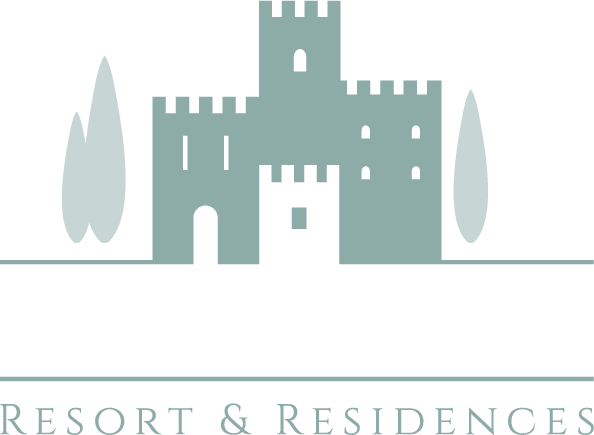Tales of Antognolla
Antognolla is more than a destination: it’s a place where centuries of history shape the present and a living expression of Umbria’s rich heritage.
With roots dating back to a Benedictine monastery and crowned by the stunning 12th century Antognolla Castle, Antognolla’s story is one of continuity, reinvention, and reverence for the land.
From its crypt and medieval chapel to the noble families who once called it home, every corner tells a story. Today, this legacy is being carefully preserved and reimagined as part of the Six Senses Antognolla Resort and Residences.
Before looking ahead to what Antognolla is becoming, let’s take a moment to look back at what it has been – a place of faith, power, mystery, and timeless beauty.
Where Does The Name Antognolla Come From?
The origins of the first owners of the castle, the Antognolla family and its founder, Ranalduccio, are unknown. However, the Antognolla name appears regularly in the history of Perugia, starting in 1260 and continuing into the 17th century.
One theory suggests that the name might have derived from Lucius Antonius, a Roman commander who reportedly took refuge in Perugia during the siege of 40 BC. A more likely origin traces back to Abbot Attone, a Benedictine figure associated with the monastery.
By 1399, Antognolla had gained enough prominence for Pope Boniface IX to elevate it to a feudal estate (a fief), granting it to Count Ruggero of Antognolla. The family remained stewards of the estate until 1628, when Count Cornelio Oddi purchased it from the four Antognolla brothers. That sale was personally approved by Pope Urban VIII. In 1836, Marquis Giovanni Battista Guglielmi, an entrepreneur from Rome, acquired the estate from the Oddi family. His descendants lived in the castle until the 1970s.
What Was The Main Function of Antognolla Castle?
For more than 700 years, Antognolla Castle has adapted to changing times, evolving from a military fortress into a noble residence and, eventually, a countryside retreat. The earliest settlement dates to the 11th century and was organised around two main functions: defence and religion. The military heart of the estate was a 30-metre-tall watchtower, which is believed to have been built in the 11th or 12th century and is still the tallest part of the castle today. By the 19th century, under the Guglielmi family, the castle’s military role had faded. Renovations focused on comfort, elegance, and interior embellishment. In fact, cadastral records from 1820 describe it as a ‘holiday palace’.
What Is The Crypt Famous For?
Since the 12th century, the religious core of the Antognolla estate has consisted of a crypt and the church above it. The crypt was originally a small Benedictine church, a simple oratory with a pitched roof and a semi-circular apse. The north side of the church was built into the mountain, which provided a stable foundation and protection from enemies, while also saving construction materials. When the church was turned into a crypt in the 12th century, it underwent substantial reconstruction and was partially demolished. The interior of the church was once adorned with frescoes depicting the life of Christ, from the Nativity to the Last Supper. Unfortunately, most of these artworks were lost, though a few fragments survived, hidden behind the walls of the crypt for over 800 years.
The crypt was named after the patron saint of Perugia, Herculanus, a bishop and martyr who lived in the sixth century. In 1378, relics believed to belong to Herculanus were discovered in the crypt and later transferred to the Cathedral of San Lorenzo in Perugia. It was widely debated later, however, whether these were the authentic remnants of Herculanus or of another martyr. The crypt served as a burial site for many years, until it was abandoned and partially buried underground, to be later rediscovered by the Oddi family during works on the upper church.
The Upper Church
In 1430, the Antognolla family built a new church above the crypt, dedicating it to Saint Agatha. Following the footprint of the original oratory, the new church maintained the eastern-facing apse and altar. Even today, an image of Saint Agatha remains visible inside the original altar niche. Around 1782, Count Lodovico Oddi decided to start the reconstruction of the upper church built by the Antognolla family, which had been partially ruined and abandoned by that time. The new building, while constructed on the same foundations as the old one, had a new plan typical for the 18th century, with three altars instead of one, the central of which was now facing south instead of east. The entrance to the new church was made from the north, and a new bell tower was built next to it.
The three altars were decorated with paintings from the period between the end of the 17th century and the early 18th century.
